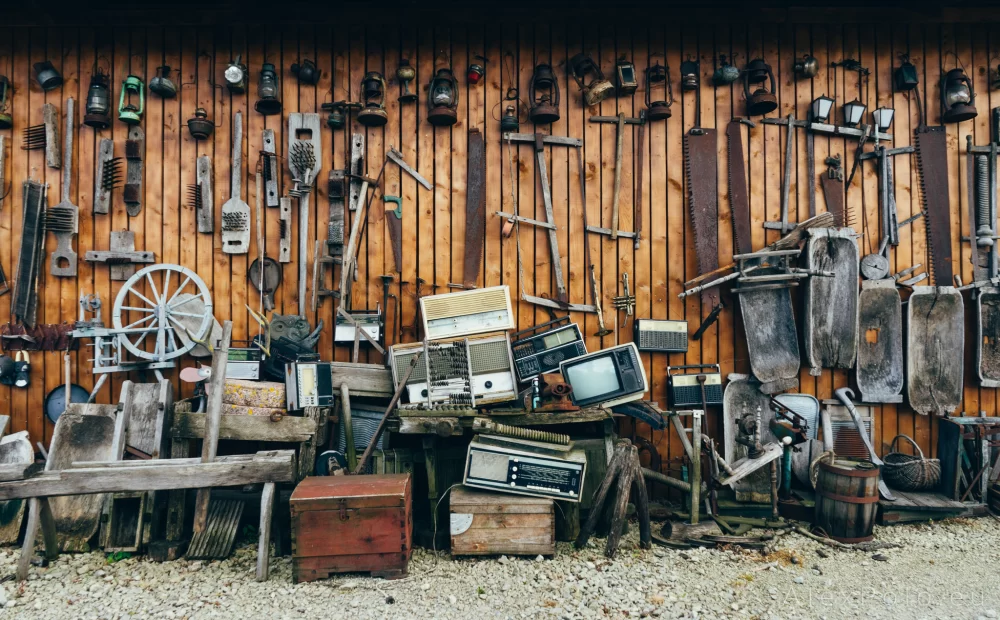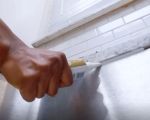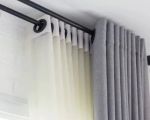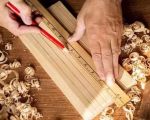How to Solder Copper Pipes DIY
For many homeowners and DIY enthusiasts, learning how to solder copper pipes can be a valuable skill that saves both time and money. Whether you're working on a plumbing project or just want to be prepared for future repairs, mastering the art of soldering copper pipes is an essential part of any home improvement toolbox. In this article, I’ll walk you through the entire process of soldering copper pipes, from gathering the necessary tools to performing the soldering itself. Along the way, I'll share some personal tips and tricks I’ve learned through my own DIY experiences.
1. What You’ll Need: Tools and Materials
Before jumping into the process of soldering copper pipes, it’s important to have all your tools and materials ready. Here’s a comprehensive list of what you’ll need for the job:
- Copper Pipes: Make sure to choose the correct size of copper pipes for your project.
- Soldering Torch: A propane torch is commonly used for copper pipe soldering.
- Solder: Use lead-free solder, which is both safe and approved for plumbing projects.
- Flux: Flux is applied to the pipe to ensure the solder flows smoothly and creates a strong bond.
- Wire Brush or Sandpaper: To clean the pipes before soldering.
- Pipe Cutter: For cutting pipes to the desired lengths.
- Heat-Resistant Gloves: Safety first! Protect your hands from heat during the soldering process.
- Cloth or Rag: Useful for wiping off excess flux or solder.
- Pipe Fittings: If you’re joining pipes, ensure you have the right fittings for the job.
With everything ready, you're prepared to begin the soldering process. Having the right tools is key to achieving a clean, professional-looking solder joint.
2. Preparing the Copper Pipes
Proper preparation is crucial to ensure that the soldering process is successful. Follow these steps to get your copper pipes ready:
- Cut the Pipes: If you're joining multiple sections of pipe, start by cutting the copper pipe to the correct length. Use a pipe cutter for a clean, straight cut.
- Clean the Pipes: Clean both the outside of the pipe and the inside of the fittings with a wire brush or sandpaper. Any dirt, oxidation, or oils will prevent the solder from adhering properly.
- Apply Flux: Coat both the outside of the pipe and the inside of the fitting with flux. Flux helps the solder flow evenly and improves the connection’s durability.
Taking the time to properly clean and prepare your copper pipes ensures a stronger and longer-lasting connection.
3. Setting Up the Soldering Torch
Once the pipes are prepared, it’s time to heat them up using the soldering torch. Follow these tips to ensure safe and effective heating:
- Safety First: Always wear heat-resistant gloves and safety goggles to protect yourself from the torch’s heat.
- Light the Torch: Carefully light the torch, adjusting the flame to a steady blue color. A yellow flame indicates incomplete combustion, which is not ideal for soldering.
- Heat the Joint: Hold the flame about 1-2 inches from the joint. Move it in a circular motion around the joint to heat the pipe and fitting evenly. The goal is to heat both components to around 400°F (204°C).
Patience is key here. Don’t rush this process. Gradually heat the joint for an even, consistent result.
4. Soldering the Joint
Once the joint reaches the correct temperature, you’re ready to apply the solder. Here’s how to do it:
- Apply the Solder: Touch the solder to the joint. If the joint is hot enough, the solder will immediately begin to melt and flow into the joint.
- Seal the Joint: Move the solder around the joint to ensure it fills all gaps evenly. Once you’ve applied enough solder, remove the torch.
- Cool and Clean: Allow the joint to cool naturally. Wipe off any excess flux or solder with a cloth before it hardens.
It’s important not to disturb the joint while it’s cooling. Let it cool fully to ensure a solid bond.
5. Troubleshooting Common Soldering Issues
Soldering copper pipes might seem straightforward, but there are a few issues that can arise during the process. Here are some tips for troubleshooting:
- Solder Won’t Flow: If the solder isn’t flowing, the joint may not be hot enough. Reheat the joint and try again. Make sure you’re using the correct amount of flux.
- Excess Solder: If there’s too much solder, wipe off the excess with a cloth while it’s still hot to avoid damaging the pipe or fittings.
- Leaky Joints: If the joint leaks, it may not have been heated enough, or the pipe/fitting wasn’t cleaned properly. Consider redoing the joint if necessary.
By troubleshooting these common issues, you can ensure that your soldering project goes smoothly and that the connection remains leak-free.
6. Tips for a Successful Soldering Experience
As someone who has soldered many copper pipes over the years, I’ve learned a few extra tips that can make the process easier:
- Work in a Well-Ventilated Area: Soldering can produce fumes, so make sure to work in a well-ventilated space or use a fan to blow the fumes away.
- Use the Right Amount of Flux: Too much flux can cause a mess, but too little flux can result in poor solder joints. Make sure to apply just enough.
- Practice on Scrap Pieces: If you’re new to soldering, practice on scrap pieces of copper pipe before tackling your main project. This helps build confidence and familiarity with the process.
By following these tips, you’ll be able to achieve a strong, reliable solder joint every time. Take your time, and don’t rush the process.









